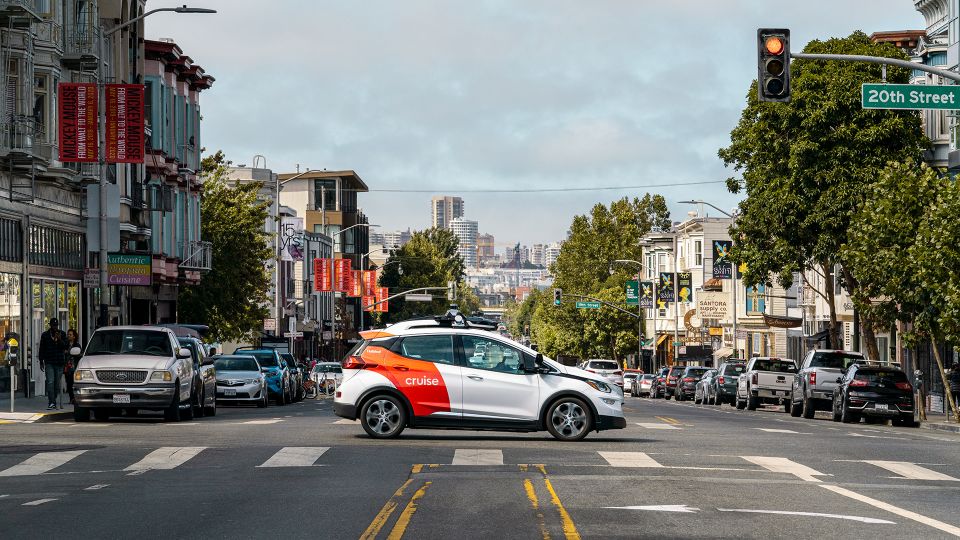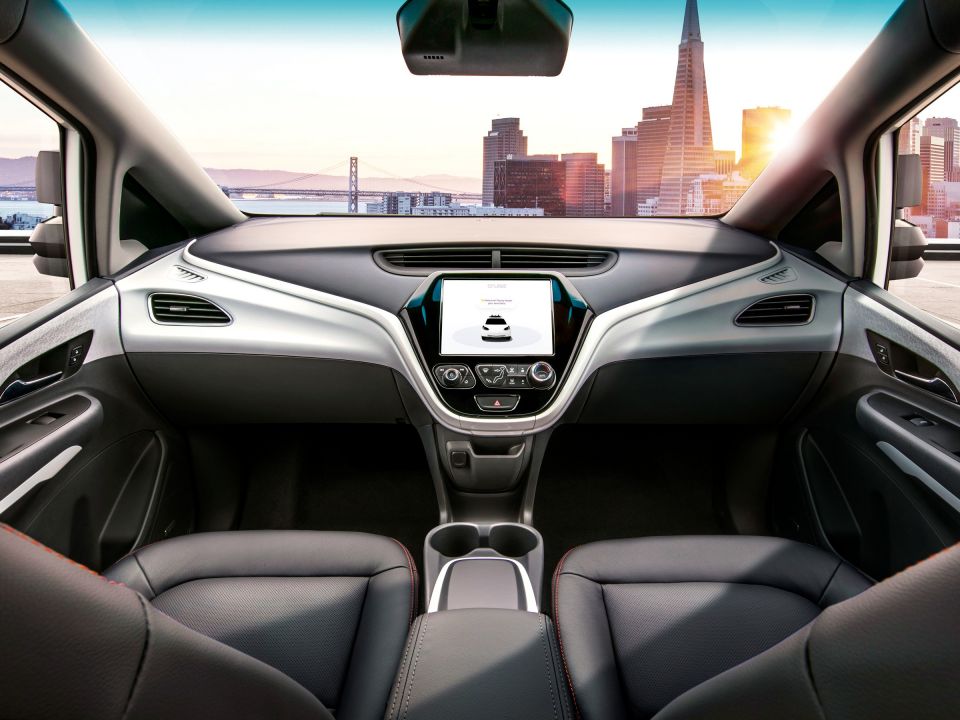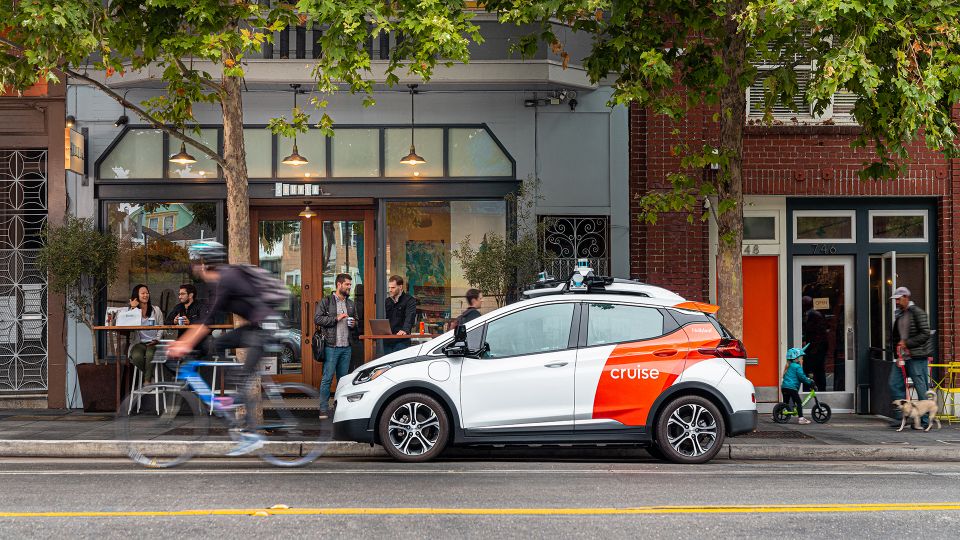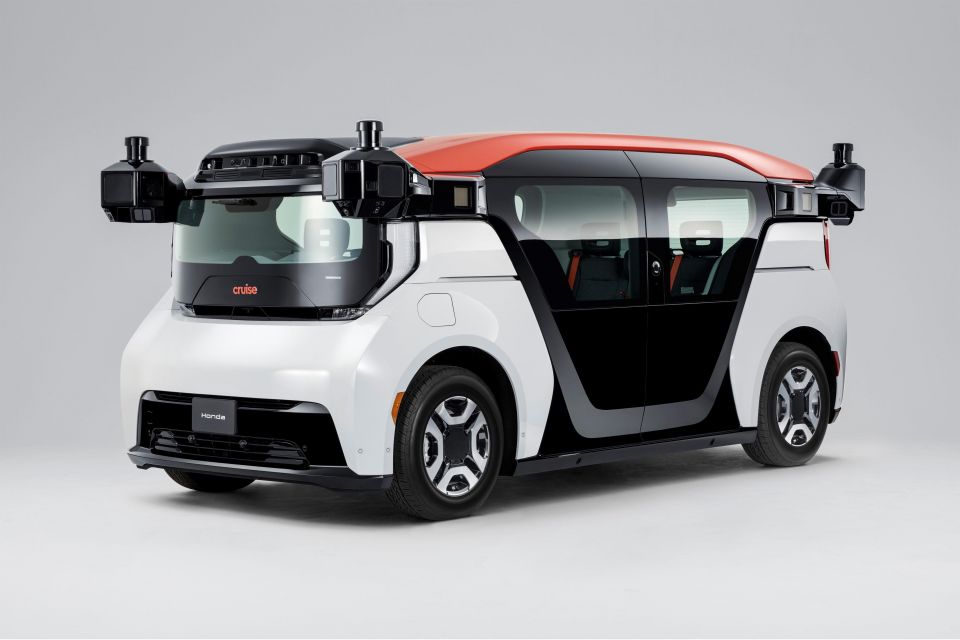

Shane O'Donoghue
2025 Nissan Ariya Nismo review: Quick drive
6 Days Ago
Collisions and dangerous driving have put the safety of GM subsidiary Cruise's robotaxis into question and California has yanked its driverless permits.

Contributor


Contributor
Cruise, the self-driving robotaxi company owned by General Motors and Honda, has been dealt a major setback with the California Department of Motor Vehicles (DMV) suspending its operations in San Francisco.
The suspension of the company’s driverless vehicle permits is effective immediately, and was due to the company’s inability to ensure public safety after a string of high-profile incidents involving its autonomous taxis.
Widely reported incidents have included robotaxis blocking the path of emergency vehicles.
Additionally, the US National Highway Traffic Safety Administration launched an investigation into the safety of Cruise’s vehicles when operating in encounters with pedestrians.

Specifically, there are two cases where pedestrians were struck and two more where the agency is evaluating if the vehicle exercised ‘appropriate caution’.
Automotive News reports San Francisco city officials have also voiced concern after multiple incidents in which Cruise’s robotaxis clustered at intersections but were overridden in August by the California Public Utilities Commission (CPUC), the entity that oversees commercial activity in the state.
A Cruise spokesperson, Hannah Lindow, suggested that the suspension was triggered by a recent incident in which a Cruise vehicle struck and stopped atop a pedestrian.

“The AV braked aggressively before impact and because it detected a collision, it attempted to pull over to avoid further safety issues,” said Ms Lindow.
“When the AV tried to pull over, it continued before coming to a final stop, pulling the pedestrian forward.”
The DMV explained that it has the power to revoke a permit when it determines vehicles are “not safe for the public’s operation” or if a “manufacturer has misrepresented any information related to safety of the autonomous technology”.
While most of the communication between the DMV and Cruise remains confidential, the DMW says it has provided an outline of the necessary steps to be taken by Cruise for reinstatement of the permits.

Cruise is still permitted to operate vehicles in San Francisco while it works to address the issues, provided they have a human safety driver behind the wheel.
Additionally, the company can request a hearing with the DMV five days after the suspension
Cruise has been a pioneer in the driverless technology segment since it became the first company to start commercial driverless operations in San Francisco back in June 2022 alongside Alphabet’s Waymo robotaxis.
The news of suspension comes just days after Cruise announced it is planning to branch out from the US and is aiming to have its Origin self-driving taxis working in Tokyo from 2026.
Cruise’s suspension has raised alarms about the technology’s readiness for deployment on public roads, and will undoubtedly cast doubt over the validity of driverless technology as a whole.

Last year, Pony.ai and Baidu’s Apollo Go were officially approved to begin using their SAE Level 4 autonomous robotaxi fleets on public roads in Beijing without an operator in the driver seat.
However, it was with the caveat that the vehicles must have a staff member somewhere in the vehicle at all times.
Other major players are also getting involved, with Uber signing a 10-year commercial agreement with autonomous driving technology developer Motional to offer “fully driverless rides” and delivery services in certain parts of the US.
A self-driving Uber vehicle infamously struck and killed a woman in the US state of Arizona back in 2018, leading to the firm suspending its autonomous vehicle operations.
Prosecutors later found Uber wasn’t criminally responsible for the crash, though the backup driver was charged with negligent homicide.
MORE: Activists’ simple solution to stopping autonomous vehicles


Shane O'Donoghue
6 Days Ago


Anthony Crawford
5 Days Ago


Matt Campbell
4 Days Ago


James Wong
3 Days Ago


Max Davies
1 Day Ago


Josh Nevett
11 Hours Ago